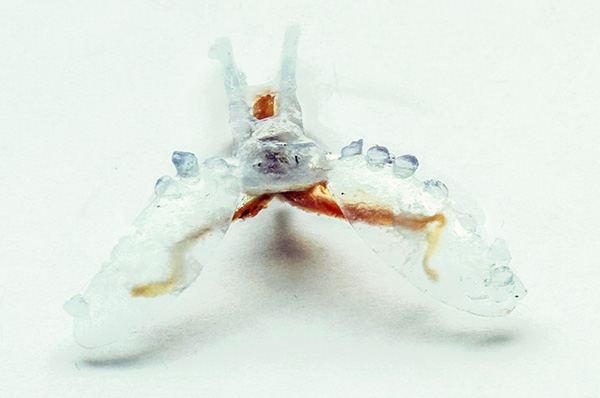3D-printed biorobots powered by sea slug muscles
7/20/2016, Milan Šurkala
Sometimes, it is hard to believe what the scientists are capable of. For example, they have created a biorobot that consists of a 3D-printed body and real muscles from a sea slug. Now, such a robot is able to crawl slowly.
Scientists at Case Western Reserve University have created very interesting biorobot. They have combined a special small (approx. 5cm / 2in) long body that was 3D-printed and muscles from a sea slug. To be precise, they have used the whole mouth buccal muscle from Aplysia californica (also known as California sea slug). The muscle is controlled by an external electrical field and nutrients around them are used as a fuel source.

The biorobot is not very fast. It is able to move 0.4 centimetres per minute only. Moreover, the scientists are not able to control the movements properly and, therefore, they want to increase the number of useful organical parts in the biorobot. They are considering to use ganglia and nerves to control the muscles better.
The usage of such a robots is non-existent now but, for example, they can be used to search for black boxes flight recorders in oceans in the future. Everything depends on the following development. The slug muscles are appropriate because they can easily withstand great changes in temperature, water salinity and other rough conditions. These muscles are also very adaptable. The researchers aim to create an organic robot with already mentioned nerves or they consider to use a gelled collagen from the skin of a slug to create durable scaffold.
For a comparison, researchers at Washington University in St. Louis are developing biorobots from locusts when the living locust is controlled by small electronics.
Source: eurekalert.org




.jpg)

.jpg)




